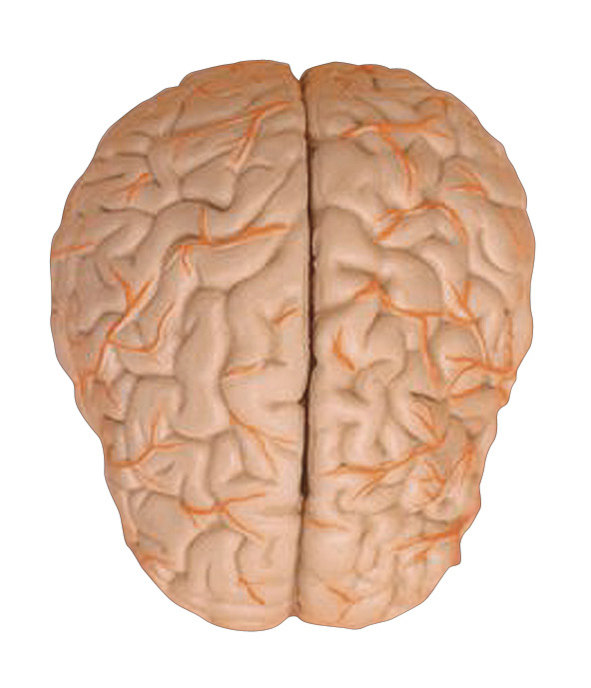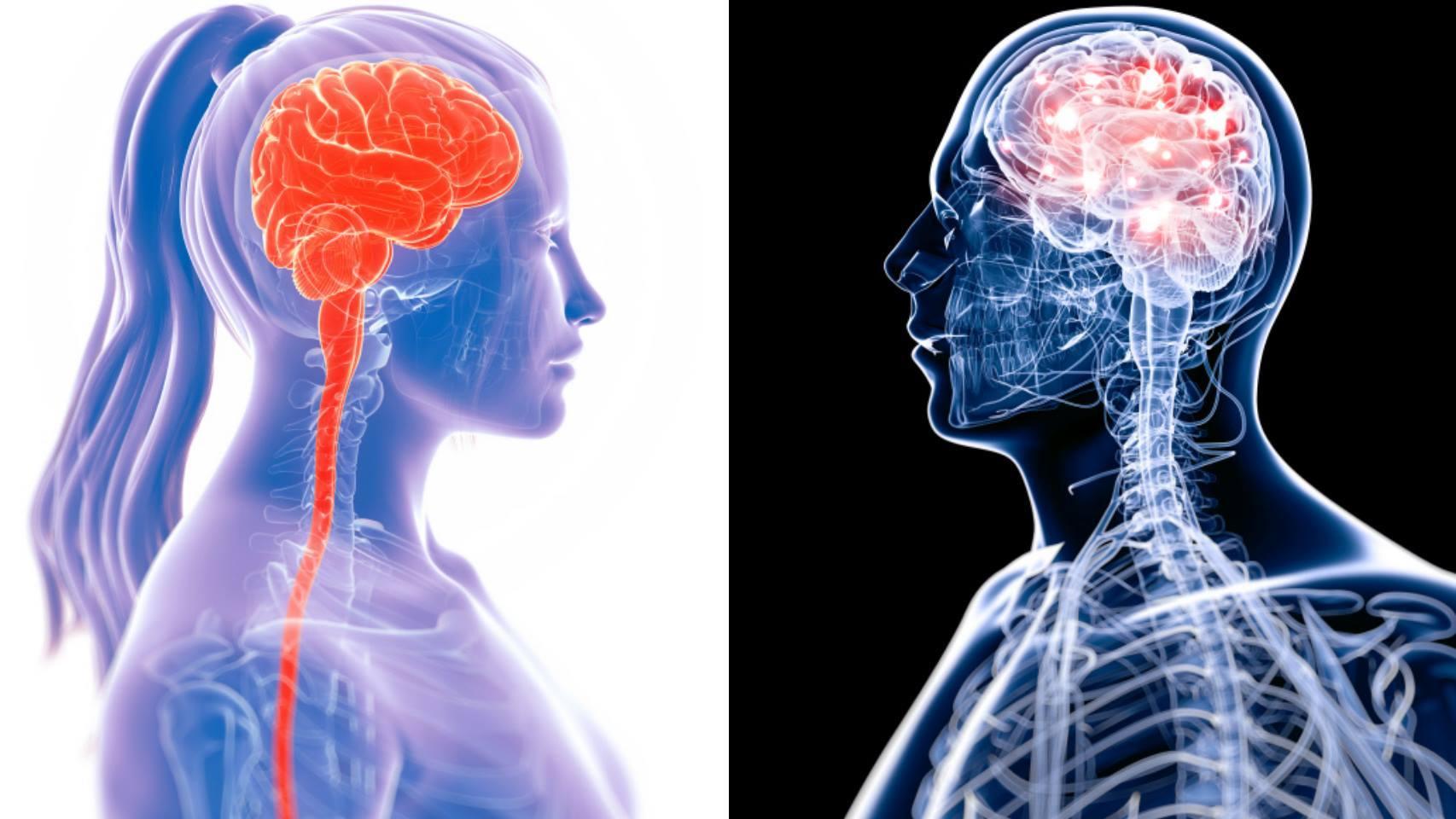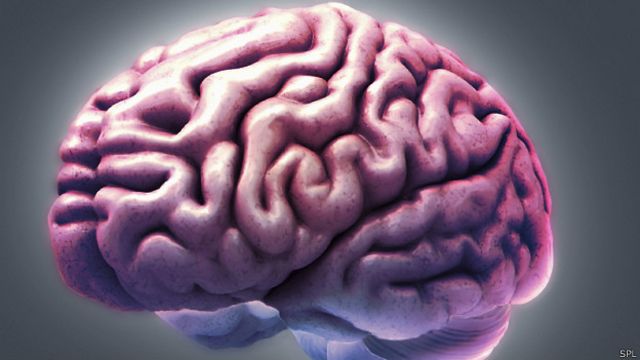
Self-efficacy partially mediates the effect of a school-based physical-activity intervention among adolescent girls. Endurance exercise selectively impairs prefrontal-dependent cognition. Exercise increases blood flow to locomotor, vestibular, cardiorespiratory and visual regions of the brain in miniature swine.

Patient Education and Counseling, 55 (3), 407-415.ĭelp, M. Changes in physical activity in children and psychosocial determinants of physical activity in children and adolescents treated for obesity. Journal of Applied Physiology, 97 (5), 1733-1739.ĭeforche, B., Bourdeaudhuij, I., Tanghe, A., Hills, A., & De Bode, P. Cerebral metabolism during upper and lower body exercise. American Journal of Health Promotion, 17 (6), 373-382.ĭalsgaard, M. Using Self-efficacy and a Transtheoretical Model to develop a physical activity intervention for obese women. Evidence for a disturbance of the body schema in neglect.

Optical imaging of a tactile illusion in area 3b of the primary somatosensory cortex. International Journal of Eating Disorders, 22 (2), 107-125.Ĭhen, L. The nature and extent of body image disturbances in anorexia nervosa and bulimia nervosa: A meta-analysis. American Journal of Health Behavior, 26 (2), 83-94.īuckworth, J. Predicting aerobic versus resistance exercise using the Theory of Planned Behavior. The body in the brain: neural bases of corporal awareness. Perceptual and Motor Skills, 91 (1), 322-336.īerlucchi, G. Effects of minimal exercise and cognitive behavior modification on adherence, emotion change, self-image, and physical change in obese women. body image: Does training improve subjective appearance ratings? Journal of Strength and Conditioning Research, 18 (2), 255-259.Īnnesi, J. Journal of Strength and Conditioning Research, 16 (4), 645-648.Īnderson, M. Relationship of strength training to body image among a sample of female university students. José Moncada-Jiménez, Universidad de Costa RicaĪhmed, C., Hilton, W., & Pituch, K. Finalmente, se presenta un resumen de los estudios sobre el efecto del ejercicio aeróbico y contra resistencia en la imagen corporal.

En esta revisión también se discuten aspectos relacionados con el metabolismo cerebral en reposo y durante el ejercicio físico y su relación con cambios en la estructura y funcionamiento cerebral. Se deben realizar más estudios que involucren el ACE. Recientemente, se ha identificado el área corporal extraestriada (ACE) como la estructura cerebral primordialmente responsable del reconocimiento del cuerpo humano. La presente revisión resume las relaciones entre las áreas cerebrales involucradas en la generación y evaluación del cuerpo humano, y la manera en que el ejercicio físico podría influir en esas zonas para producir una imagen corporal objetiva y precisa. La anorexia y la bulimia constituyen las enfermedades más importantes. Por lo tanto, el tema de la imagen corporal preocupa a la opinión pública ya que se le ha relacionado con conductas tales como los desórdenes alimenticios. La imagen corporal es un componente del yo, y se ha estimado que una cantidad importante de mujeres y hombres de diversas edades, razas y orígenes étnicos poseen insatisfacción de su imagen corporal. Imagen corporal, sistema del yo, cerebro, metabolismo, ejercicio Resumen


 0 kommentar(er)
0 kommentar(er)
